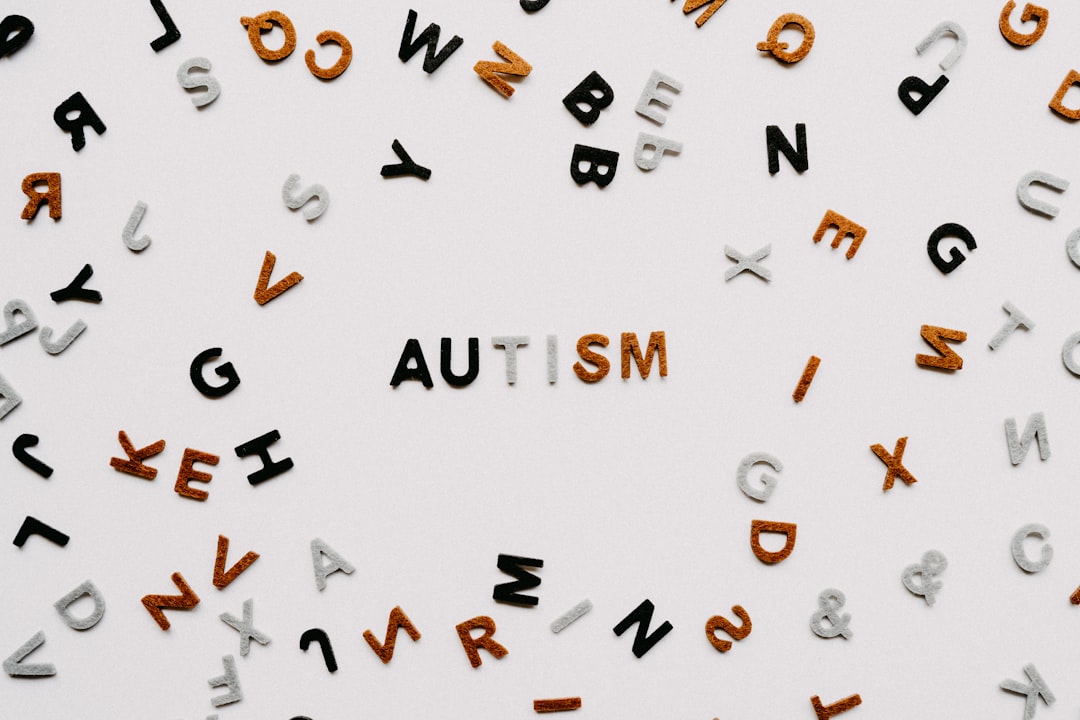What is it about?
This article argues for a reconsideration of Gertrude Stein's influence on the development of Samuel Beckett's aesthetics of language, together with the overall comparability of their work. The article forwards Stein's Tender Buttons as a text that can be considered highly compatible with Beckett's observations on Stein in the German letter and argues for a reconsideration of the avenues through which Beckett may have encountered Stein's work, specifically in relation to the magazine transition. The article subsequently compares Stein's representation of objects in Tender Buttons (published in transition 14), with excerpts from Beckett's Murphy and Watt, followed by an extended analysis of Ill Seen Ill Said.
Featured Image
Why is it important?
The article will demonstrate that when read through the context of Beckett's observations on Stein in the 1937 German letter, their respective approaches towards the same operation, namely the logographic representation of a word in other words, is highly comparable. The article further argues for Stein to be considered a plausible influence on Beckett's developing aesthetics throughout the 1930s and thereafter.
Read the Original
This page is a summary of: ‘Ill buttoned’ : Comparing the representation of objects in Samuel Beckett's Ill Seen Ill Said and Gertrude Stein's Tender Buttons, Journal of Beckett Studies, April 2013, Edinburgh University Press,
DOI: 10.3366/jobs.2013.0058.
You can read the full text:
Contributors
The following have contributed to this page










